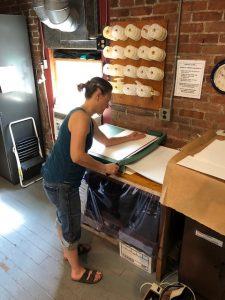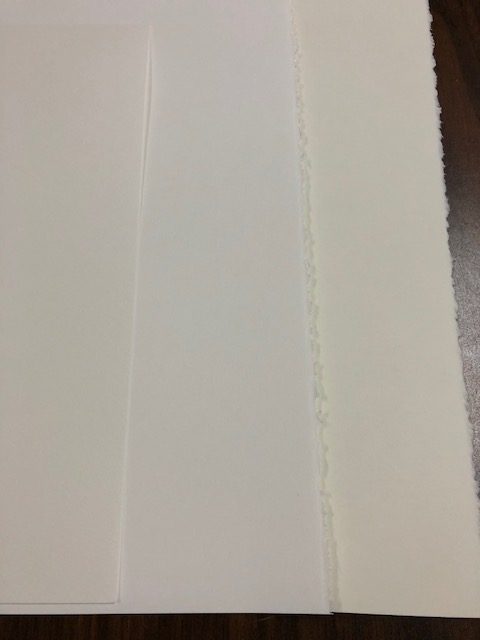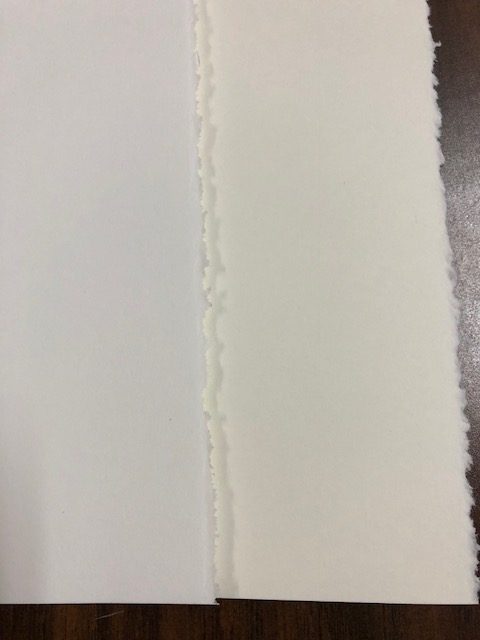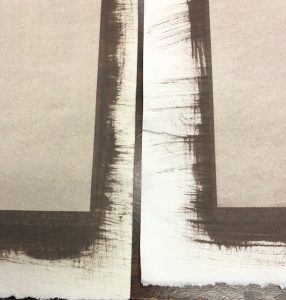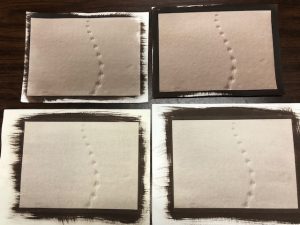Happy Monday everyone! Jen Perena here with a look at some of my recent work.
Over the past couple sessions, I have been focusing on making prints that feature vegetation of some sort: vegetables, flowers, herbs, cacti, grasses, etc. In this post I’ll share an image of chive flowers and another of squash blossoms.
My intention with this part of the series is to produce images that I can watercolor over. When I initially conceived of this grouping, I was visualizing slightly underexposed images that would allow me to paint the entire image without ‘losing’ too much of the color in the shadows. I selected a set of vividly-colored iPhone photos, converted them to black and white, digitally manipulated them so that they would produce ‘dense negatives’ and then began contact printing. But it is never easy.
I started by printing with the very smooth print-makers paper that I mentioned a few posts back. Process-wise, when you expose the paper, then remove the negative, you are looking for a ‘whisper’ of the image. In both cases, after 5-min exposures, I got great ‘whispers’….but upon development, most of the chemistry washed away, and by the time I got to toning, there wasn’t much left. For these, I would have needed much longer exposures….however, the resulting lighter gray-toned images should work well for the watercoloring process.


I next coated some of the watercolor paper I had been using. Same 5 minute exposure times, but the watercolor paper retains the chemistry much better, so these came out looking really overexposed.


I haven’t decided which I like best yet, but I plan to do more printing: using the watercolor paper again I’ll print shorter exposures, and using the print-makers paper I’ll print longer exposures, and see if I can get a more happy medium of resulting images with both papers. And then hopefully it will be easier to decide which to use for the watercoloring.
Stay tuned for samples of the watercolored images….

